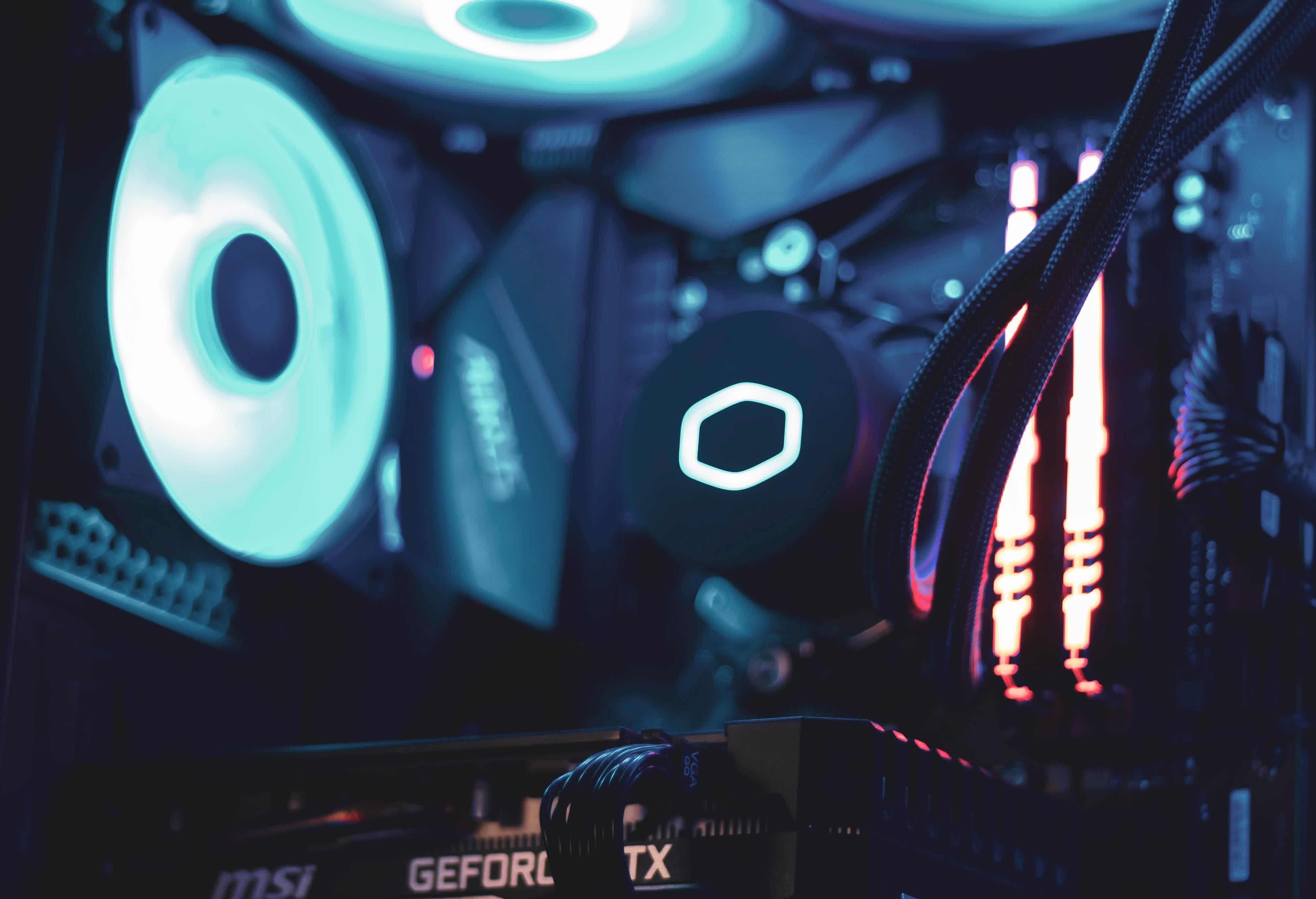Forward-looking: Intel is preparing a fleet of motherboard chipsets for their 12th-gen Core Alder Lake processors. Falling under the 600-series nomenclature, they span from the entry-level to the high-end desktop (HEDT) tier, something that hasn't happened since 2017. The list of 600-series chipsets was found inside Intel's own drivers. It includes equivalents to the 500-series, namely a Z690, an H670, a B660, and an H610, but also new prosumer and workstation lines.
The flagship chipset is the mysterious X699. Intel's last xx99 chipset was the X299, which supported the first two generations of Core i9 processors, Skylake-X and Cascade Lake-X. In turn, then, X699 will be associated with some sort of HEDT series, but there's no information on that yet.
Stepping down a notch, the Intel Z690 chipset is a little more familiar. It's the flagship consumer platform for gamers and enthusiasts. Expect two channels of DDR5 memory, and at least enough PCIe 5.0 lanes for the GPU. Intel might throw in some high-speed networking, too.
Intel Chipset Device Software Version 10.1.18836.8283 pic.twitter.com/E1Np1cLD2P
--- HXL (@9550pro) August 21, 2021
The Intel H670, and its enterprise and laptop equivalents, Q670 and Q670E, will be likely to drop overclocking support and maybe DDR5, too. Intel B660 will probably have a similar feature set to H670 but lose some connectivity and PCIe 5.0 lanes. H610 and H610E will have just enough features to meet the needs of average users.
More exciting are the Intel W685 and W680 chipsets for workstations. The difference between the two might be DDR5 versus DDR4. They'll be compatible with Xeon versions of the consumer and enthusiast Alder Lake processors. Intel's W580 chipset had pretty much the same features as the Z590 chipset minus the option to overclock, which is what's expected here.
The R680E chipset is a bit of an oddball. Its name implies that it'll be used for embedded laptop scenarios, but its feature set is still a mystery.
Cool features aside, the real purpose of a chipset is to unleash the full power of the processor. Consider this a reminder, Intel: learn from the B560 disaster and ratify the power limit guidelines, or else all the effort put into these chipsets will be for naught.
Image credit: Šimom Caban
